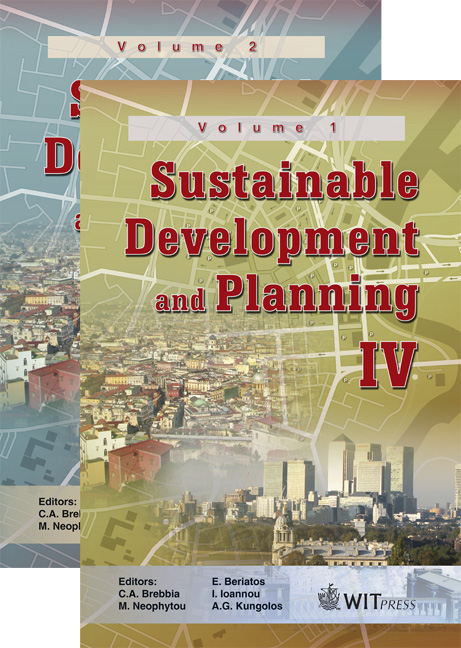Safety Of Users In Road Evacuation: Modelling And DSS For Pedestrian Outflow
Price
Free (open access)
Transaction
Volume
120
Pages
12
Page Range
497 - 508
Published
2009
Size
354 kb
Paper DOI
10.2495/SDP090461
Copyright
WIT Press
Author(s)
M. Di Gangi
Abstract
This paper concerns the simulation of pedestrian outflow related to the evacuation of a building. In this paper, after a literature review concerning commercial software suited for the simulation of evacuation, a simulation tool is proposed and a comparison between results obtained from simulations and data recorded from an experimentation on a test site is also presented. 1 Introduction In those cases where a forthcoming disaster can be notified in advance, only evacuation represents a chance. During the time interval between notification and effects of the disaster a preventive evacuation can be executed, so a preventive planning of the activities to be executed in emergency conditions is fundamental for an efficient evacuation and to reduce clearance time. For this reason, evacuation calculations are an important part of performance-based analyses in order to assess the level of life safety provided in buildings. In the last years a variety of commercial, academic and governmental tools were produced to support efficient evacuation planning. The availability of tools and the advent of (relatively) low-cost, high-performance computing platforms encourage public agencies to consider analytical methods to improve their evacuation planning or operational practices. The tools can be classified as regards the classes of adopted models for transport simulation. They influence the computational complexity of tools and, in general, the tools’ capability to facilitate decision-making ranging from realtime to planning exercises. On the other hand there is also, in certain circumstances, a need for simple tools able to quantify, in terms of evacuation time, the effectiveness of an evacuation plan.
Keywords





